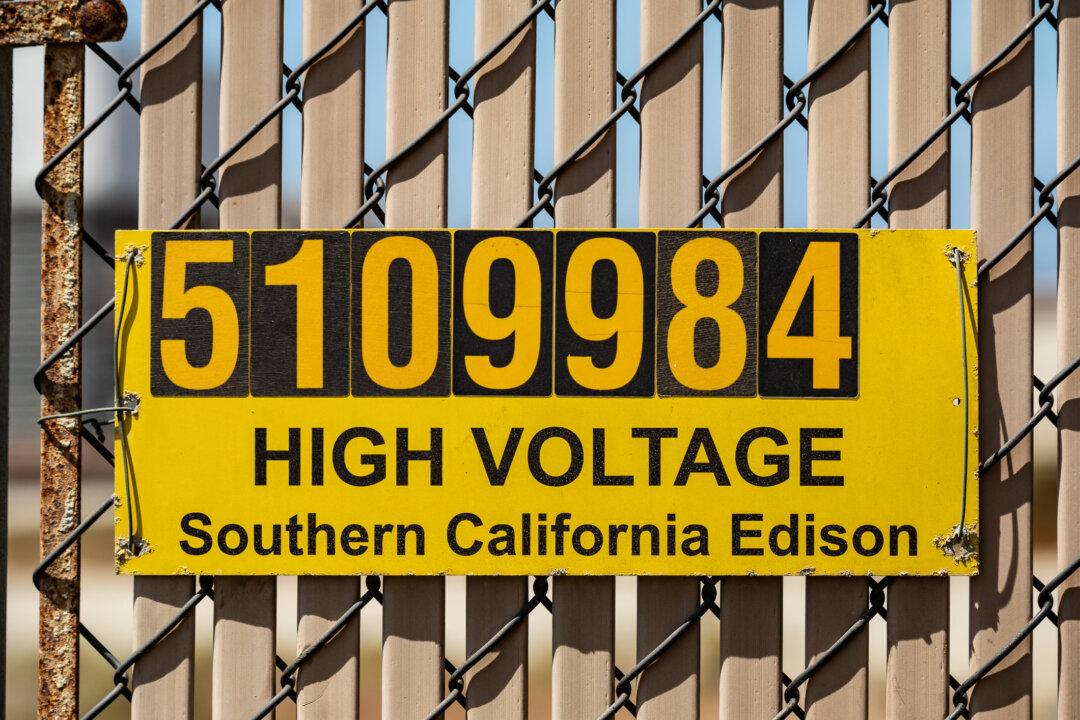As Southern California Edison (SCE) begins to roll out its new “time-of-use” plan to its residential customers, many solar panel owners are seeing their energy bills increase.
For years, SCE operated on a tiered energy billing system, where customers—spanning across Orange, Los Angeles, San Bernardino, and Riverside Counties—would pay based on the amount of energy they used.





